This episode analyzes various sources to understand the phenomenal success of Spirit Halloween, the seasonal retail giant dominating the Halloween market.
Key Themes
The Pop-Up Model
Spirit Halloween's core strength lies in its temporary retail model. They capitalize on short-term leases in vacant retail spaces, minimizing overhead and maximizing profits.
"They are constantly on the search for potential locations as soon as the previous season ends."
"Spirit Halloween setup is remarkably efficient… transforming it into a Halloween Wonderland in a matter of days."
"Their pop-up model allows the company to capitalize on short-term retail leases."
Growth Through Acquisition & Expansion:
The acquisition by Spencer Gifts in 1999 provided Spirit Halloween with the resources and expertise to expand nationwide, strategically utilizing spaces left vacant by failing retail giants.
Under Spencer Gifts ownership, Spirit Halloween grew rapidly taking advantage of vacant retail spaces in malls and shopping centers left empty by larger stores going out of business.
Spirit Halloween had grown to over 1,500 stores an increase of more than 50 stores from 2022.
Riding the Halloween Wave:
Spirit Halloween’s success is intertwined with the growing popularity and commercialization of Halloween. They’ve successfully catered to the increasing consumer demand for costumes, decorations, and party supplies.
Americans are estimated to spend $11.6 billion on Halloween in 2024. That's around $3 billion more than 2019.
Spirit Halloween serves a Halloween consumer market estimated at $8.4 billion yearly, according to the National Retail Federation.
Variety & Exclusivity
Spirit Halloween attracts customers by offering a wider selection of products than competitors, including officially licensed costumes and exclusive decorations.
Spirit Halloween claims to be the largest Halloween retailer in the country and it has been that way for quite a while now.
They work to secure official licenses for costumes so you can buy the actual thing instead of a legally altered imitation of it.
"Spirit has also made its own movie… not many retailers can say that they have a theatrically released movie named after them."
Marketing & Cultural Impact
Spirit Halloween has effectively utilized marketing strategies to create brand recognition and become a cultural phenomenon, appearing in memes, TV shows, and even having its own movie.
Saturday Night Live made a parody commercial for Spirit Halloween.
Important Facts
Founded in 1983 by Joseph Marver, Spirit Halloween initially operated as a single pop-up shop.
Estimated annual sales are around $500 million, with 90% generated during the Halloween season.
Employs approximately 50,000 seasonal workers annually.
Operates over 1,500 locations across North America, temporarily occupying vacant retail spaces.
In 2024, they piloted 10 Spirit Christmas stores, expanding beyond the Halloween market.
The "Spirit of Children" program has raised over $77 million for children’s hospitals since 2006.
Challenges
Reliant on the availability of vacant retail spaces.
Success heavily dependent on the two weeks leading up to Halloween.
Susceptible to fluctuations in the labor market and potential tariff increases.
Critics point to their business model as exploitative of failing retailers and contributing to the decline of permanent retail jobs.
Future Outlook
Spirit Halloween’s future appears bright, with the brand enjoying widespread recognition and a loyal customer base. Expanding into the Christmas market demonstrates an ambition to grow beyond Halloween, potentially leading to year-round operations in the future. However, they must address criticisms regarding their business practices and navigate potential economic challenges to ensure long-term sustainability.


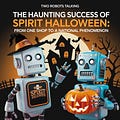
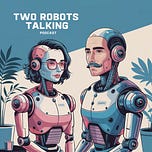
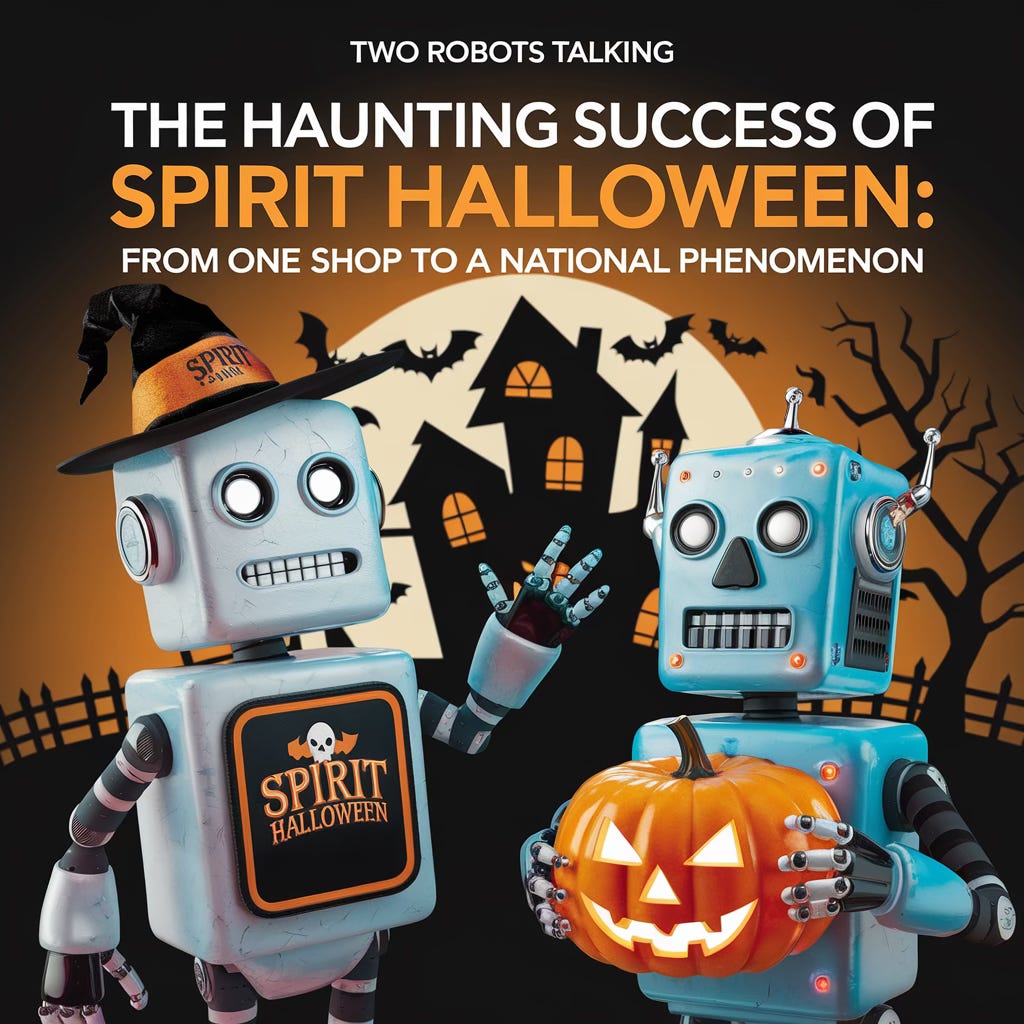

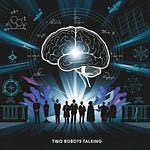
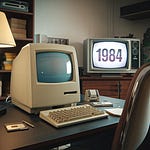





The Haunting Success of Spirit Halloween: From One Shop to a National Phenomenon